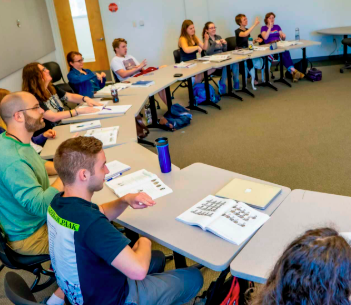Learning sign language is a meaningful way to build communication skills and promote inclusivity. Whether you want to connect with the Deaf and hard-of-hearing community, support a loved one, or expand your personal or professional skills, online courses offer a flexible and effective path to learning sign language from home.
For beginners, websites like Start ASL and Sign Language 101 provide structured lessons that cover the basics of American Sign Language (ASL). These programs often include video demonstrations, practice quizzes, and cultural information to help learners understand both the language and the community it serves.
Udemy offers sign language courses for all levels, many of which are taught by Deaf instructors. Lessons focus on vocabulary, finger spelling, everyday phrases, and non-verbal communication skills. Learners receive a certificate of completion at the end of most courses.
Gallaudet University, a renowned institution for Deaf education, provides online ASL courses that emphasize immersive learning. These programs are ideal for learners who want deeper understanding and academic-quality instruction.
Coursera and edX also offer university-level courses in sign language and Deaf culture. These include video-based lessons, assignments, and peer interaction. While some are introductory, others explore more advanced topics such as storytelling in sign language or interpreting.
For interactive practice, apps like Lingvano and The ASL App offer short, everyday lessons that can be done anytime. These apps are useful for reinforcing vocabulary and facial expressions essential to sign language.
Final Thought: Learning sign language online is a practical and respectful way to support inclusive communication. With a variety of platforms and course styles available, learners can choose a path that fits their schedule, goals, and preferred learning pace.














